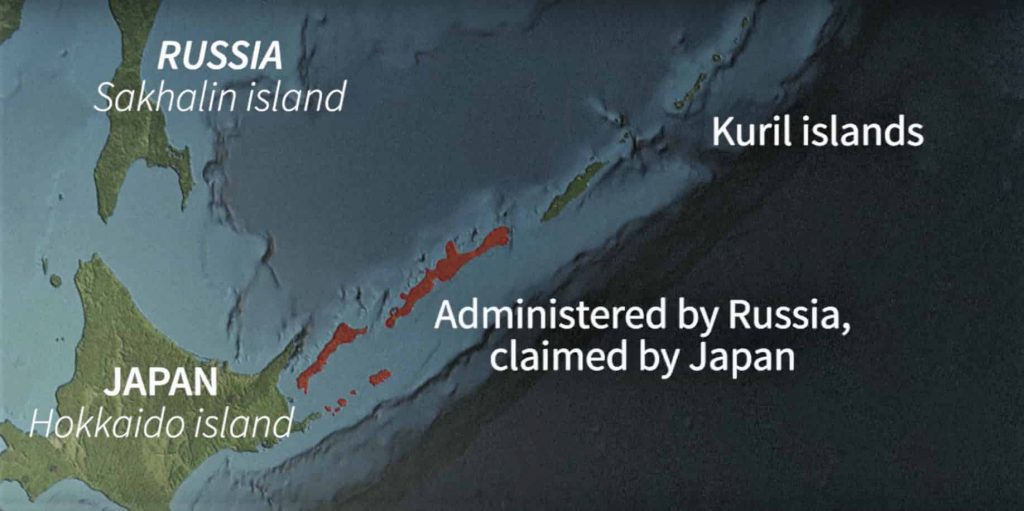A 7.8 magnitude earthquake has been recorded near Russia. The quake’s epicentre appears to be around the Sea of Okhotsk, between Russia and Japan. The US Geological Survey beliefs the earthquake was centred 218 kilometres south-southeast of the town of Severo in Russia’s Kuril Islands.
HAWAII WARNED
A tsunami watch was issued for Hawaii but the centre said it was still investigating if there was a threat to the islands. The US National Tsunami Warning Centre also still was analysing the event to determine the level of danger for Alaska and the US West Coast. The Japan Meteorological Agency said the quake may cause a slight change of sea levels around Japanese coasts.
THE RELATION BETWEEN TSUNAMI AND EARTHQUAKE
An area of about 200 by 50 km was pushed up by the earthquake, moving the water overlying it. The seafloor was uplifted by only a few metres, but this is enough to displace several cubic kilometres of water and send a series of waves outwards from the earthquake epicentre.
The tsunami waves travel away from the earthquake epicentre in all directions. The height of the tsunami waves onshore depends on several factors, such as the distance and direction from the earthquake epicentre, the depth and shape of the seafloor, and shape of the coastline.
About 75 per cent of tsunamis occur at subduction zones, including some of the largest in recent history such as the 2004 Indian Ocean (Boxing Day) tsunami which claimed more than 250,000 lives.
The remainder is caused by underwater landslides, volcanic eruptions, and (rarely) meteorite impacts.

FACTS
Only the largest earthquakes (more than 7.5 magnitudes) are capable of generating a tsunami that will travel more than 100 km. About two tsunamis occur every year which causes damage near their source, and about two per decade cause damages or deaths on distant shores (more than 1000 km from the source).
Check out safety guides during the Earthquake

